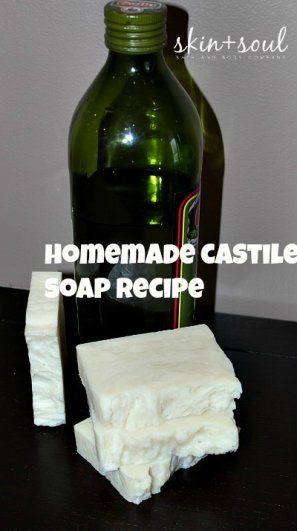
This is a tutorial for Castile soap using the cold process method.
The hot process method reduces the cure time, requires less essential oils to scent, and makes soap with a nice feel. Some soapmakers find it more convenient.
Castile soap has a long cure time of 4 to 6 months to have a hard bar that will be divine and last a long time. We will be using the hot process method to make a 100% olive oil soap. This will shorten the cure time but remember that the longer you let this soap cure the better it will be.
Castile soap is named after the region in Spain where this type of soap originated. It is a wonderful gift to make for babies and those who enjoy a gentle wash product. It requires only 3 ingredients: olive oil, distilled water and lye (sodium hydroxide).
You will start off the same as the equipment, we are using a crockpot but you can also use a double-boiler.
You really need a stick blender for this recipe, a whisk or spoon just won’t make it happen. Prepare your workspace and make sure that you have protective gear which include goggles and gloves and long sleeves are a good idea.
We will be using this castile 100% olive oil recipe. Cold process and hot process soap recipes are interchangeable.
Ingredients
- 600 grams olive oil
- 228 grams distilled water
- 77 grams lye
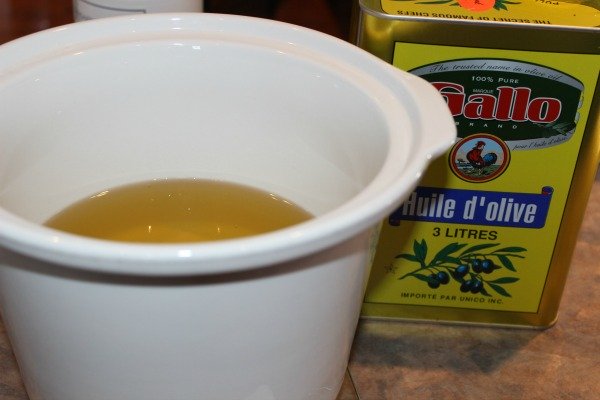
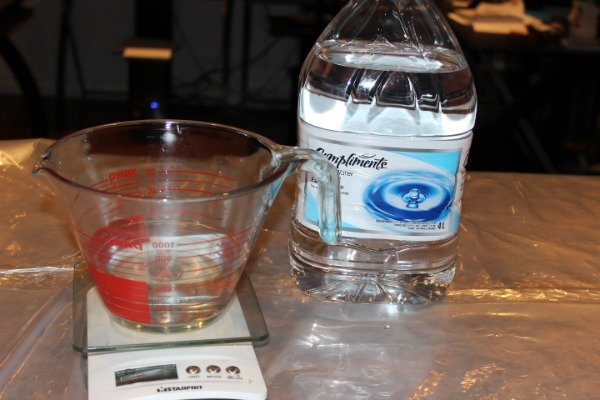
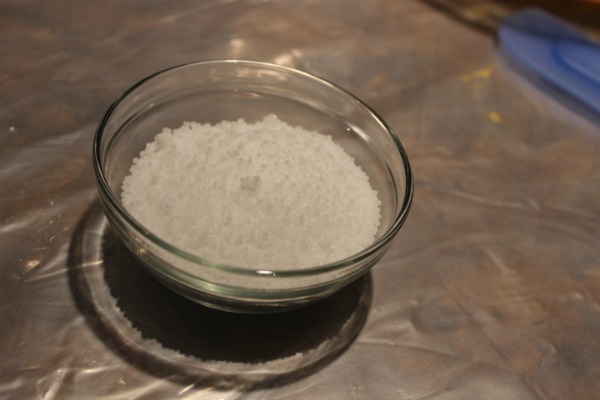
Heat the olive oil in the crockpot on the low setting you want to reach between 120° F and 160° F.
Slowly mix the lye into the water and dissolve all the crystals. When the lye-water solution is clear, gently pour it into the heated oil.
Then begin mixing with a stick blender. This will probably take longer than other soap recipes because this recipe uses 100% olive oil. Take your time. You may want to give the stick blender a break and mix a little with a whip. It should take about 10 to 15 minutes to achieve trace.
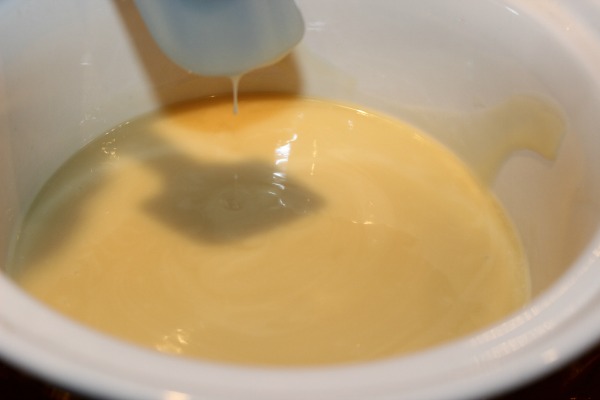
The soap has achieved trace when you can drizzle some soap mixture on the top and it does not sink immediately. Trace may seem like a mystical thing but after a few batches you will know. Different oils, different soap making methods will create different types of trace.
The next step is to cook the soap mixture. Put the crockpot on low-medium and keep a watchful eye on it.
Mix it about every 30 minutes using a spatula or a spoon.
When you reach the 2 hour cooking mark you want to check to see if your soap is neutral. It should have a thick and almost transparent texture.
There are 3 ways that you can do this.
-Phenolphthalein
-PH strips (may not be the most accurate for this purpose)
-Tongue zap test: using a gloved hand take a small piece of soap and put on your tongue, if it stings, continue cooking. If it does not sting than the soap is ready to mold.
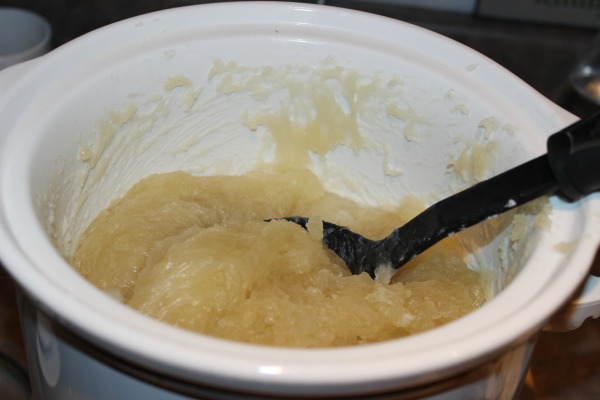
Put the soap paste in a mold when it is neutral.
Tap the mold on the counter a few time to prevent air bubbles in your soap.
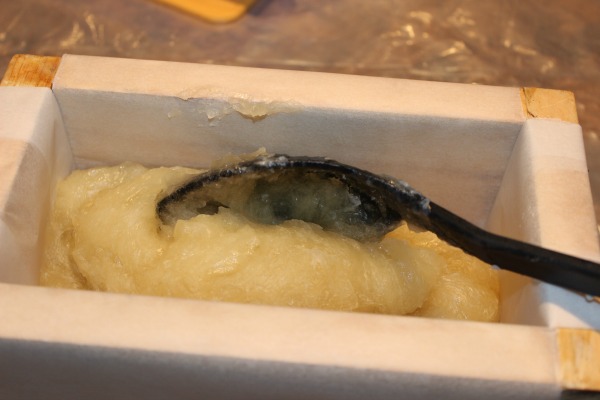
Cover with plastic wrap and let set for 24-48 hours.
Unmold and cut the soap and cure for a few weeks. 4-6 months is better.
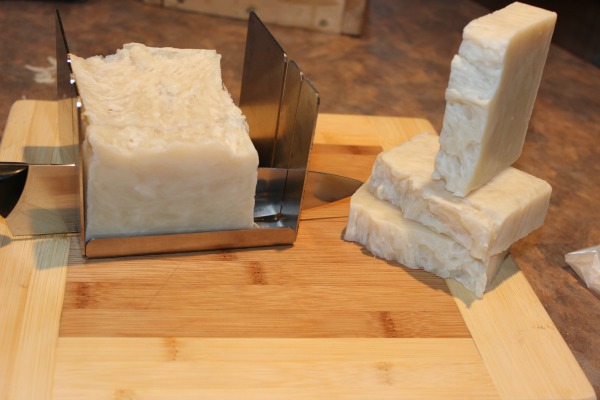
See variations of this recipe using additional oils.